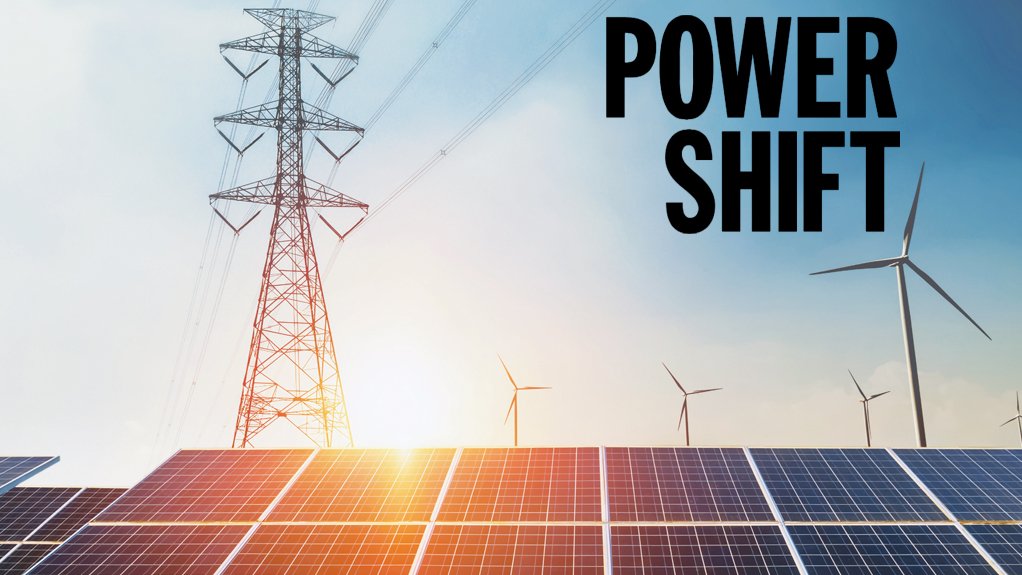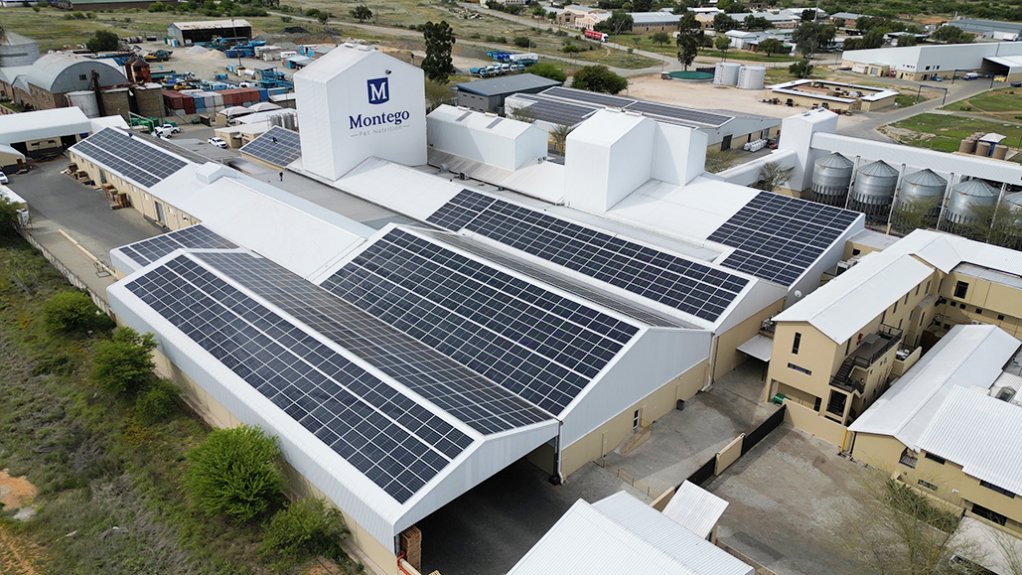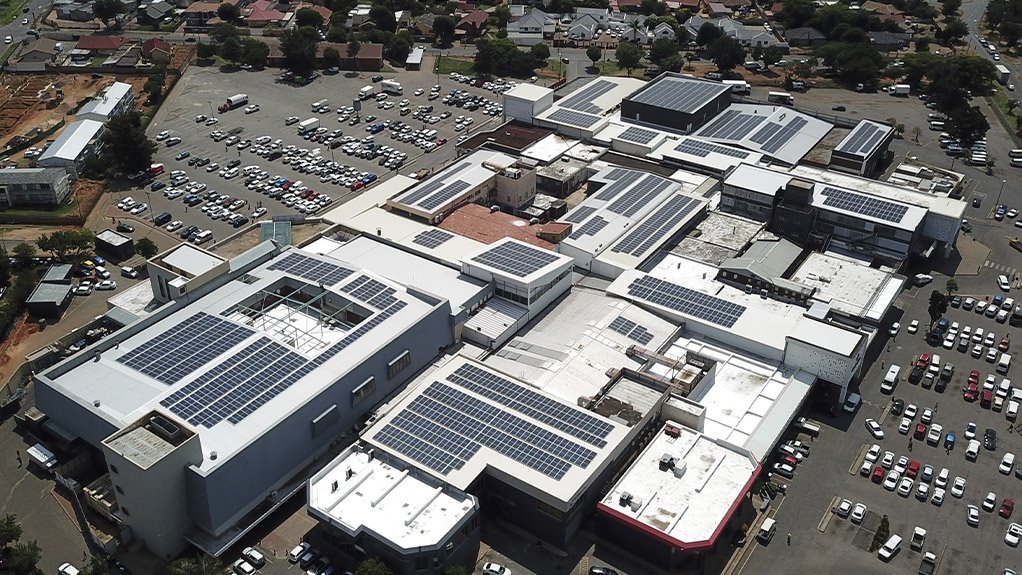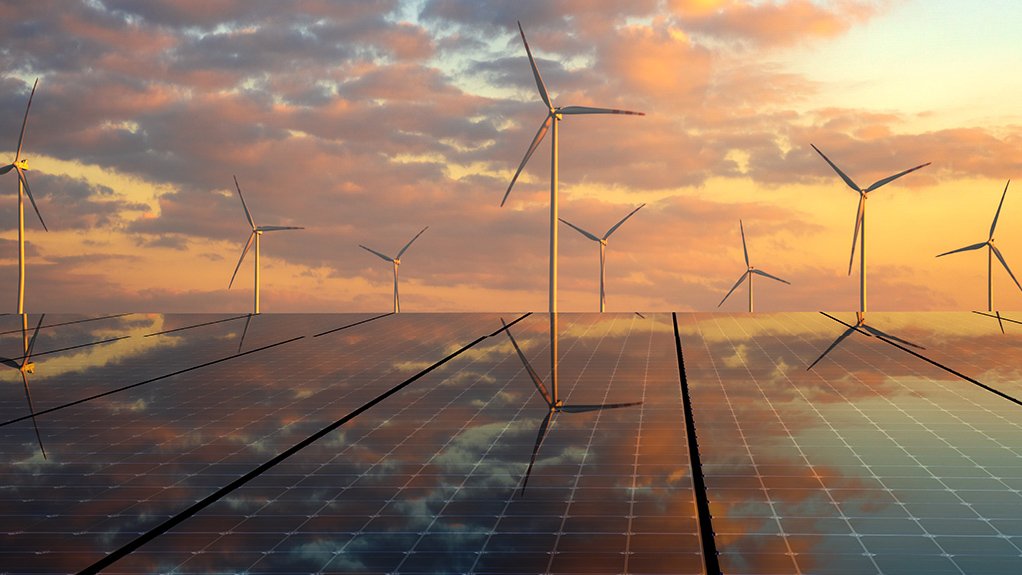South African electricity sector’s migration to multimarket structure under way







NIVESHEN GOVENDER A competitive and sustainable electricity sector is needed to meet the changing energy needs of the country
INDUSTRIAL ENERGY Industrial companies are using renewable energy systems to supplement their energy requirements
COMMERCIAL ENERGY South Africa aims to develop an electricity wheeling framework
BERNARD MAGORO The ERA Amendment Bill sets the tone and provides much needed clarity for future private-sector investment
LARGE-SCALE Large-scale renewable energy projects are cost-competitive and can amortise grid-related costs more readily
South Africa’s electricity market is in the process of liberalising and evolving, with State efforts to establish an effective framework for the energy transition, together with growing private-sector readiness, raising expectations of accelerated implementation.
Already, demand aggregation, energy trading and private grid upgrades have become a feature of the sector, which is seeking to overcome the challenges of scale, variability and grid constraints highlighted during a recent Creamer Media webinar held under the theme ‘South Africa’s Renewable Energy Investment Report Card’ .
“The Electricity Regulation Act (ERA) Amendment Bill will set the tone for future investments into the electricity and energy landscape,”South Africa Wind Energy Association CEO Niveshen Govender argued.
“It sets out to create a competitive and sustainable electricity sector to transform and, ultimately, better capacitate the energy sector to meet our energy needs as a country.”
At its core, the legislation, which has been approved by Parliament but has not yet been signed, supports the creation of an electricity industry with a multimarket structure that would allow for competition, and be managed under a transmission system operator (TSO).
It also aims to create a fair and transparent platform for buying electricity, while ensuring that oversight and regulation by the regulator is in place for renewable energy.
“The Bill seeks to open access to the grid, which will facilitate more investment into this area. It will also see the development of a national wheeling framework.
“All of these are confirmation of an electricity market reform, with new and changing conditions coming into play,” he added.
The main importance of the ERA Amendment Bill was the establishment of the National Transmission Company South Africa (NTCSA), which had already held the seventh workshop on market codes, said industry organisation South African Independent Power Producers Association chairperson Brian Day.
“The workshops on the market codes are important because that is the rubber hitting the road on how the market is actually going to work. It is how the NTCSA and the generators come together that will form a sustainable electricity industry in the country.”
Further, addressing market failure would most likely revolve more around backup and storage than energy generation. Therefore, public procurement would probably need to play a bigger role when it came to backup and storage, he added.
Government agency the Independent Power Producer (IPP) Office head Bernard Magoro concurred, stating that public procurement had a key role to play in ensuring that security of supply in South Africa was not compromised following liberalisation.
“The Minister [of Electricity] can make determinations in terms of security of supply, if there is a case of market failure. This requires that market developments be constantly monitored and, because infrastructure has long lead times, the Minister and all agencies must also look 10 to 20 years ahead to what will be needed.”
Another important aspect of the amendments, particularly Section 34 of the Bill, was that, for the first time, the Minister could also make determinations in terms of transmission infrastructure, Magoro highlighted.
The Minister could make determinations on transmission or generation in isolation, in addition to determinations stating that, to give effect to new generation capacity being installed, specific transmission infrastructure must also be installed.
“I think the amended ERA Bill sets the tone and provides much-needed clarity for future private-sector investment. These are exciting times for us,” he said.
Further, competition was essential for the market to moderate prices and counter dramatic price increases, as had been evident in South Africa in recent years, and the amended ERA Bill plays a key role in this, said renewable energy independent power producer and trader NOA Group CEO Karel Cornelissen.
“With renewable energy and storage technologies being where they are today, over time, we should aspire to a world in which the cost of energy is affordable and abundant again as a core objective of the transition to net zero.”
The market needed multiple generators that compete and were thus “kept honest” to put the most competitive energy possible into the grid for consumers. The NTCSA had a critical role to play in creating “the level playing field to enable generators to compete”, with the ultimate objective of affordable and sustainable energy prices for the consumer, he said.
Additionally, the TSO must balance the system to ensure that what generators aimed to put into the grid was matched with what end-consumers needed, with pricing regulated in such a way that a responsibly balanced market was created, he added.
Transition Investment
The emerging market codes from the NTCSA and the amended ERA Bill served as a rulebook for the industry, and this was important, given the quantum of investments that needed to be made in the industry.
“Our estimate is that South Africa will need between R3-trillion to R4-trillion of investments to build the energy infrastructure [required for net zero by 2050],” he added.
Importantly, investment cycles were long, and investors of capital needed certainty and clarity regarding the industry’s transition and what the rules guiding the functioning of the market would be.
“All the ingredients are there to foster a sustainable and vibrant industry that can cooperate and compete,” Cornelissen highlighted.
The historical narrative of investments in renewable energy were about energy security, said strategy consulting firm EY-Parthenon Africa strategy and innovation leader Heather Orton.
“Most of the investments made by organisations were focused on mitigating the energy crisis, as well as ensuring that they have energy independence because there are lots of benefits they derive from this, including constant production and constant revenue streams.”
An important secondary driver was the change in international regulations, with international trading partners and investors driving demand for renewable-energy adoption.
“Carbon tariffs will start to be introduced for everything we make and export. The amendment to the ERA fosters an environment where we can start to transition and potentially continue to export a large percentage of our products,” she highlighted.
Many large mining companies had already invested in large-scale generation projects to not only move towards energy independence, but also provide services and benefits for local communities.
“To achieve investment currently, whether debt finance or equity finance, businesses must be responsible.
“This impact-investment agenda is helping lots of organisations to move to using renewable energy and maintain some of their key product and service offerings,” she highlighted.
Grid Growth
More grid upgrade or debottlenecking construction projects were being undertaken by IPPs as part of large-scale, renewable-energy infrastructure projects, said Cornelissen.
This self-build could be a critical component to contribute to solving the overall grid challenges, but these projects add a notable amount of costs that need to be amortised over the life cycle of a project, which was generally achieved by building large-scale facilities.
The scale of renewable-energy facilities had increased from 10 MW to 20 MW during early renewable-energy procurement rounds to about 240 MW on average during the most recent procurement rounds.
“[NOA Group] anticipates that the clusters of renewable-energy projects in South Africa will get larger and, if they get past a critical mass, can absorb a lot of grid work needed to accelerate the transition.
“The challenge then becomes that very few single customers can buy the amount of energy produced by such clusters and sent over the grid.”
This was where aggregators played a role by presenting a large pool of offtakers to IPPs, which, in turn, enabled IPPs to build large-scale infrastructure that would be as cost- competitive as possible.
Aggregators must also consider how to balance the demand from customers with the generation from renewable energy and energy storage systems.
This entailed balancing various technologies to provide energy 24/7, and securing a mix of wind, solar and battery storage generators to present a suitable energy profile to their offtakers, Cornelissen added.
A benefit of such mixed-energy technology clusters and aggregated demand was that it allowed for the maximum use of the grid that was available, which had been partly driven by the constrained grid in South Africa.
“We are excited about the strong signals that are sent from the ERA and we are looking forward to receiving more clarity around the market codes. The private sector is ready to participate,” Cornelissen noted.
However, Govender warned that “policy certainty is only the first step” because, while the ERA Amendment Bill provided some certainty, government and the private sector needed to align, particularly on the practicalities of implementing this policy, and specifically on its implementation to accelerate renewable energy.
Article Enquiry
Email Article
Save Article
Feedback
To advertise email advertising@creamermedia.co.za or click here
Comments
Press Office
Announcements
What's On
Subscribe to improve your user experience...
Option 1 (equivalent of R125 a month):
Receive a weekly copy of Creamer Media's Engineering News & Mining Weekly magazine
(print copy for those in South Africa and e-magazine for those outside of South Africa)
Receive daily email newsletters
Access to full search results
Access archive of magazine back copies
Access to Projects in Progress
Access to ONE Research Report of your choice in PDF format
Option 2 (equivalent of R375 a month):
All benefits from Option 1
PLUS
Access to Creamer Media's Research Channel Africa for ALL Research Reports, in PDF format, on various industrial and mining sectors
including Electricity; Water; Energy Transition; Hydrogen; Roads, Rail and Ports; Coal; Gold; Platinum; Battery Metals; etc.
Already a subscriber?
Forgotten your password?
Receive weekly copy of Creamer Media's Engineering News & Mining Weekly magazine (print copy for those in South Africa and e-magazine for those outside of South Africa)
➕
Recieve daily email newsletters
➕
Access to full search results
➕
Access archive of magazine back copies
➕
Access to Projects in Progress
➕
Access to ONE Research Report of your choice in PDF format
RESEARCH CHANNEL AFRICA
R4500 (equivalent of R375 a month)
SUBSCRIBEAll benefits from Option 1
➕
Access to Creamer Media's Research Channel Africa for ALL Research Reports on various industrial and mining sectors, in PDF format, including on:
Electricity
➕
Water
➕
Energy Transition
➕
Hydrogen
➕
Roads, Rail and Ports
➕
Coal
➕
Gold
➕
Platinum
➕
Battery Metals
➕
etc.
Receive all benefits from Option 1 or Option 2 delivered to numerous people at your company
➕
Multiple User names and Passwords for simultaneous log-ins
➕
Intranet integration access to all in your organisation




















